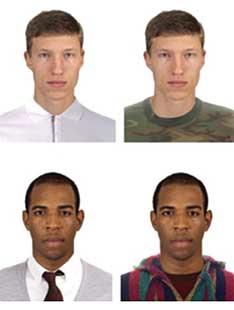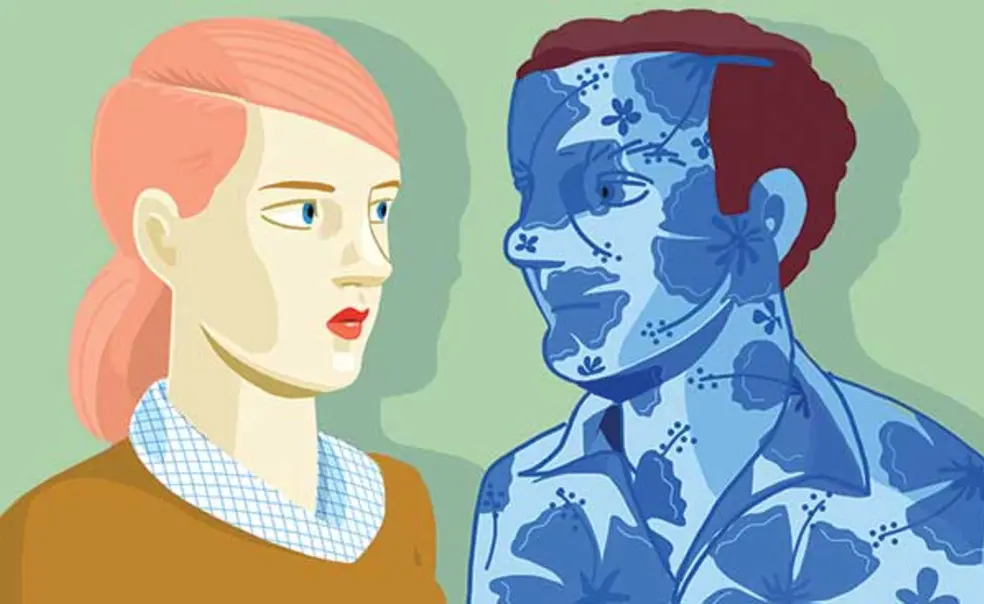Psychology and Public Affairs: Dress Codes
Want people to take you more seriously? Consider upgrading your shirt. According to a study by three Princeton researchers published in Nature Human Behavior in December, your clothing plays an outsized role in first impressions.
Behavioral scientist and Woodrow Wilson School professor Eldar Shafir has long studied the relationship between poverty and perception. For this study, he teamed up with psychology professor Alexander Todorov, an expert on facial perception, and former student and lead author DongWon Oh *18, now a postdoc at New York University, to examine just how much clothing influences people when judging another person’s competence. They found that wearing “richer” clothing had a surprisingly large impact on how people were perceived.

They then paired men’s faces with the clothing from the chest up, and asked participants to rate the competence of the wearer. They found that for identical faces, the “richer” clothing had a huge effect on perception, with an average increase of two points on a 10-point scale. “The robustness of the effect was much more than I expected,” Shafir says. The judgments were remarkably consistent, regardless of race, and remained consistent even in photos shown in quick flashes.

The study demonstrates the power of subtle economic cues, says Shafir: “It’s very likely that similar things are happening with quality of teeth, quality of hair, quality of skin — anything else that signals class.”
More to the point, however, it highlights the need for those doing the judging — for example, a manager conducting a job interview — to overcome snap impressions. “If you know your first impression is a terribly biased one, perhaps you can avoid it” — for example, choose candidates without meeting in person or provide standard uniforms, says Shafir. “If that’s not possible, at least make an effort to transcend it, think of what might be influencing you inappropriately, and work against it.”












1 Response
Rob Slocum ’71
5 Years AgoFirst Impressions
I imagine it was someone living in a cave who first noticed that clothing could bring on status judgments in an observer (“Dress Codes,” Feb. 12), but if it bears more study, knock yourselves out.
However, the idea that anyone doing any hiring should overlook such cues is a real head-scratcher. How a person dresses for a job interview is a huge data point, not something an interviewer should strive to ignore. You’d like to know that the candidate understands how important first impressions are.
As reported in PAW, it’s as if the researcher is saying, “I’ve found something important. Now let’s act as if it’s unimportant.”